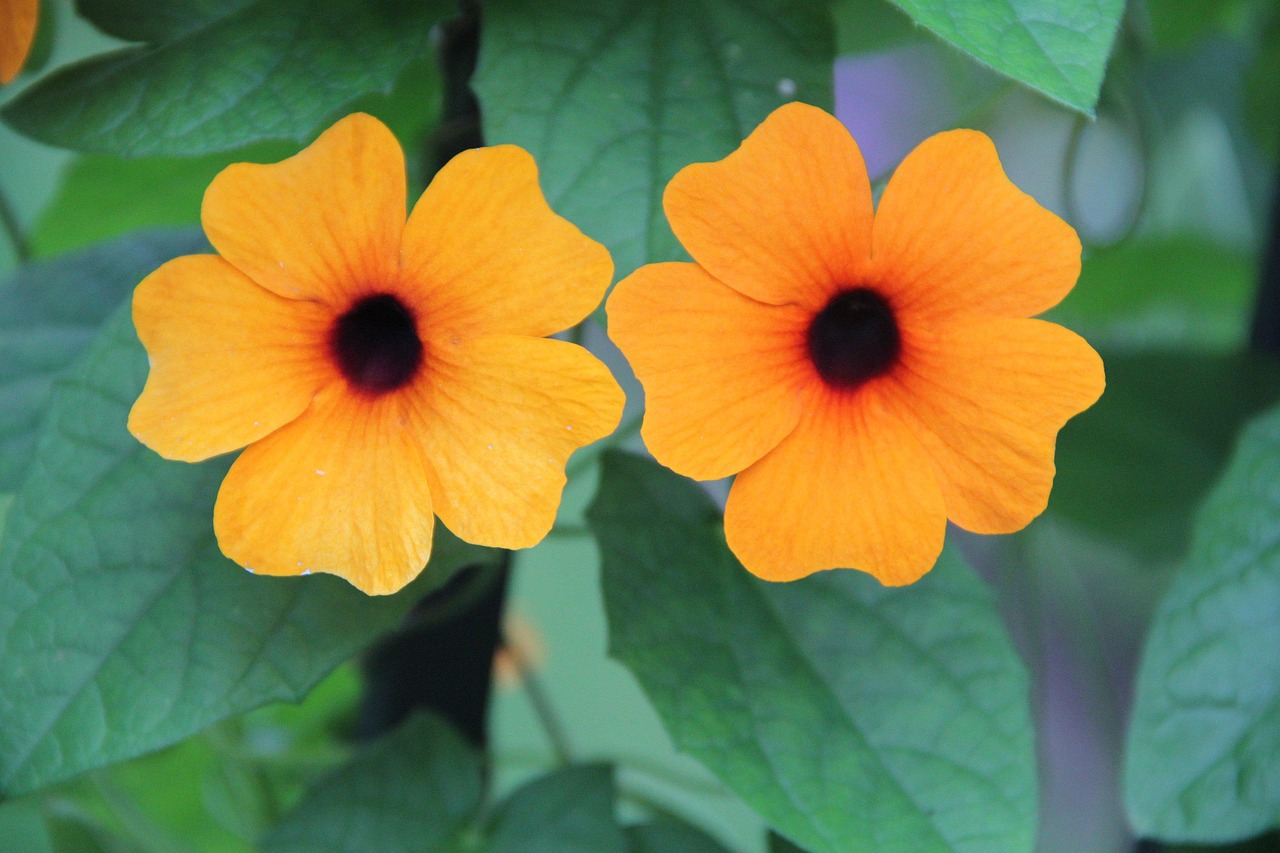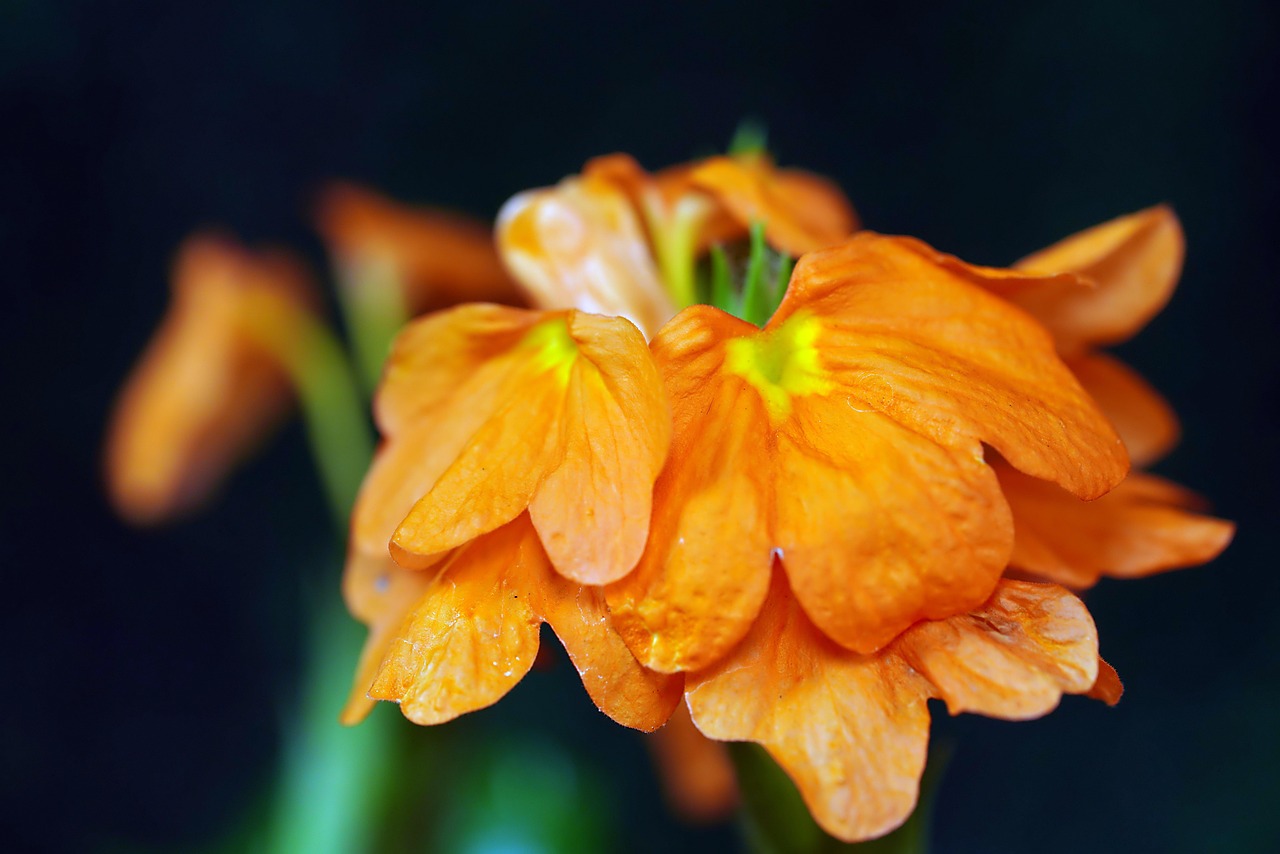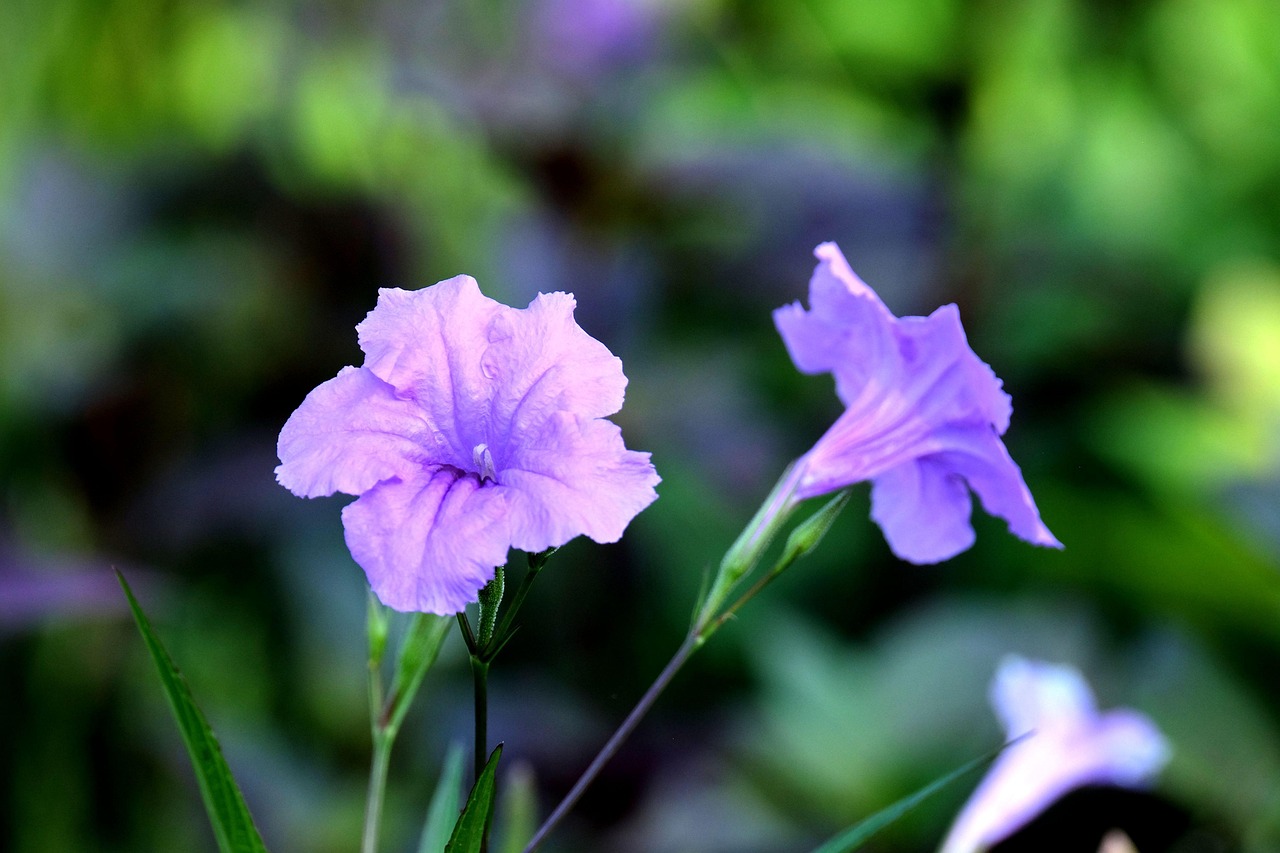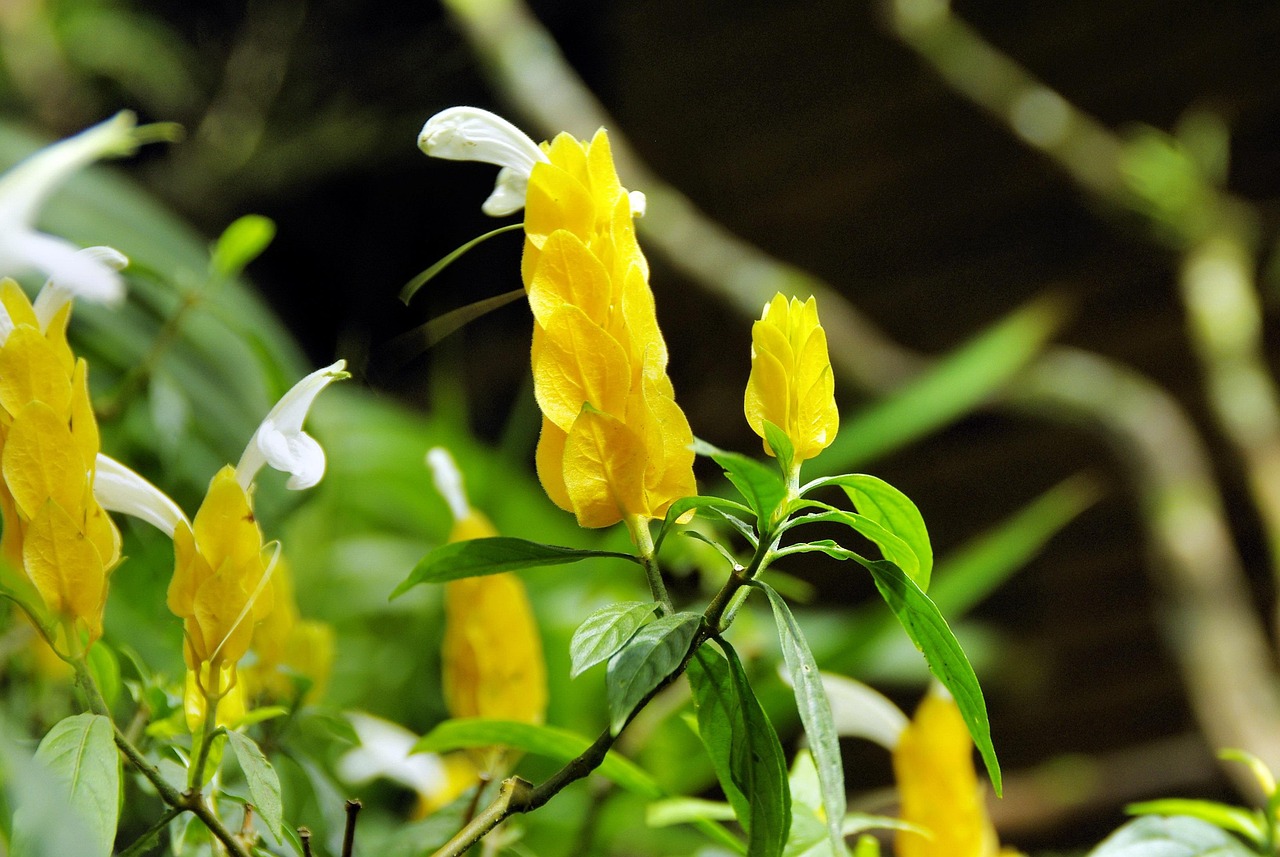Acanthus | The Leaf Motif that Adorned Ancient Architecture
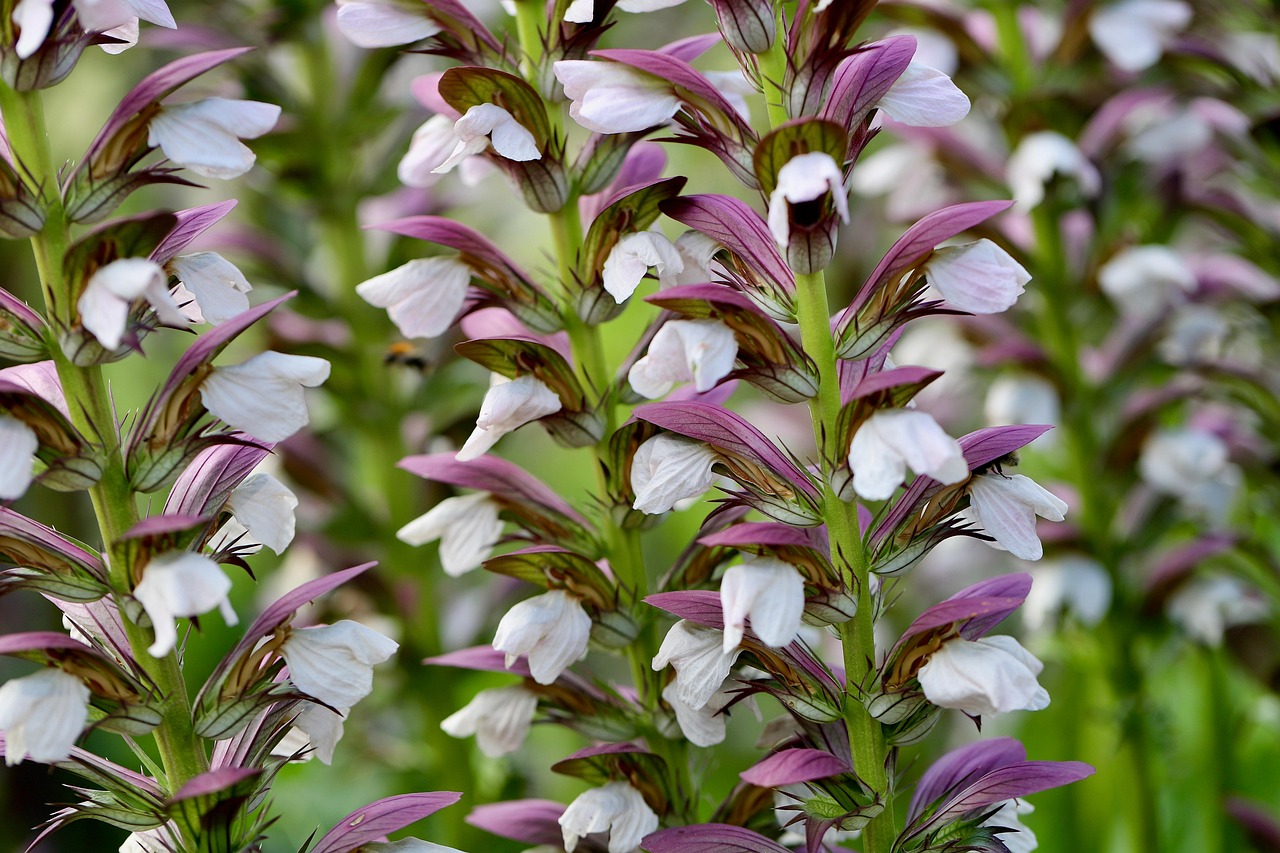
The acanthus is a perennial plant distinguished by its large leaves and spiked blossoms.
Its uniquely shaped foliage has been used as decoration in architecture and the fine arts since antiquity, becoming deeply rooted in Western culture. Although it conveys a strong impression, when planted in a garden it creates an atmosphere of elegance.
In this article, I explain in detail the basic information about acanthus, its cultural and historical significance, and how to cultivate it.
Basic Information
- Scientific name: Acanthus spp.
- Family: Acanthaceae
- Origin: Mediterranean coast and Western Asia
- Appearance: Deeply lobed, glossy leaves with a sculptural beauty; tall flower stalks bearing white or purplish flowers in spikes.
- Blooming season: Early summer to mid-summer.
Cultural Significance Around the World
Acanthus is considered one of the symbolic plants in Western culture.
Its large, decorative leaves were widely employed as architectural ornamentation in ancient Greece and Rome. The acanthus leaf design applied to Corinthian capitals symbolized grandeur and dignity, and was incorporated into temples and public buildings.
In medieval Europe, acanthus leaves continued as artistic motifs, appearing in Gothic architecture and illuminated manuscripts. During the Renaissance, they also adorned sculpture and furniture, with their delicate curves lending refinement to works of art.
Today, acanthus remains a popular garden plant, often planted in European parks and manor gardens. In traditional English gardens, it is frequently used as an accent feature.
Historical Anecdotes
According to an ancient tale, the Greek architect Callimachus was inspired to design the Corinthian capital after observing acanthus leaves naturally entwined around a grave marker. Struck by their graceful form, he incorporated the motif into his design, which became a lasting symbol of refined beauty in Western architecture.
In ancient Rome, acanthus symbolized prosperity and longevity, and was favored in both garden and architectural decoration. As the Roman Empire expanded, its motifs spread widely, and acanthus leaves are still seen today in architectural ornaments.
The plant reappeared throughout Renaissance art, depicted by painters and sculptors alike. For example, Botticelli’s paintings and Baroque sculptures incorporate the acanthus leaf’s graceful curves.
Gardening Advice
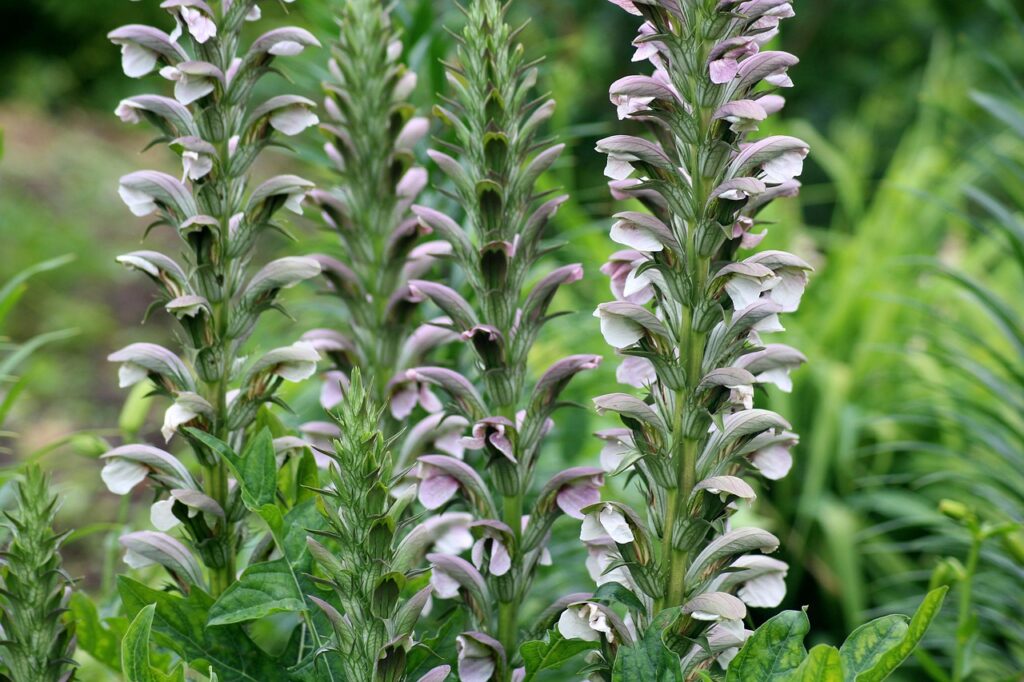
Although acanthus is hardy and tolerant of both heat and cold, creating the right growing environment allows it to display its beauty to the fullest.
Light
Prefers partial shade to full sun. In strong direct sunlight, light shading prevents leaf scorch.
Watering
Moderately drought-tolerant, but during the growing season, water when the soil surface dries. Reduce watering during the dormant winter period.
Soil
Well-drained soil with moderate moisture retention is best. Mixing in leaf mold or compost encourages healthy root growth.
Fertilizer
Apply a slow-release fertilizer once a month during the growing season (spring to summer). Avoid over-fertilization, which causes excessive foliage growth.
Cold resistance
Reasonably hardy in winter, but in regions with severe frost, mulch around the base for protection.
Pruning
Cut back withered flower stalks after blooming to promote growth the following year. Thin out crowded leaves to improve air circulation.
Conclusion
The acanthus is a perennial plant notable for its ornamental leaves and magnificent flower spikes.
Famous for inspiring the Corinthian capital in ancient Greece and Rome, it became a symbol of architectural and artistic beauty through the Middle Ages and the Renaissance.
Today, it is valued not only for its historical and cultural significance but also as a decorative garden plant, frequently seen in European parks and manor gardens.
By planting acanthus in a garden, one can create a landscape that evokes the atmosphere of history and timeless elegance.


